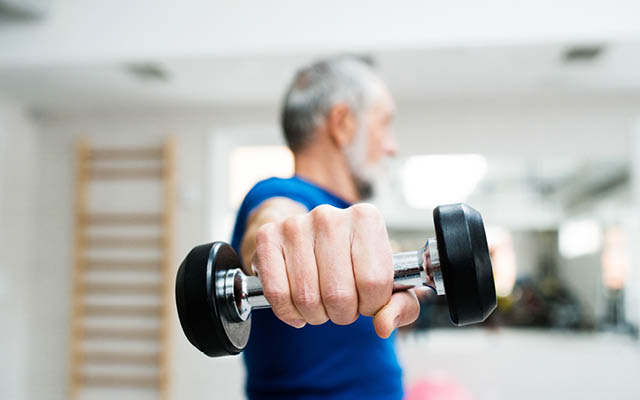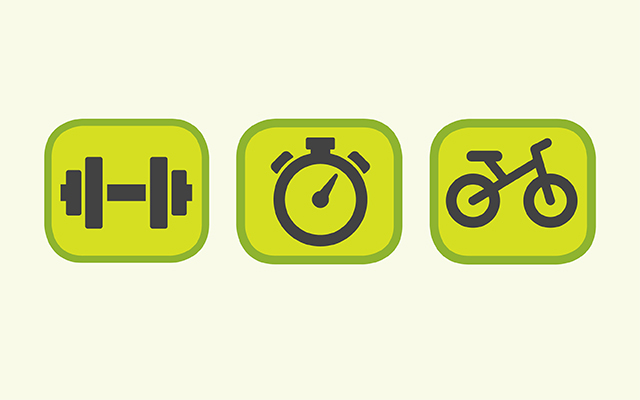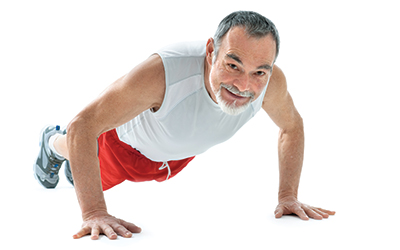I cranked through an uncharacteristically vigorous workout a week or so ago and have been paying the price ever since: barking hamstrings, grumpy shoulders, and glutes that would rather not engage when called upon to hoist me from my comfy chair. It wasn’t that many years ago that my body would right itself from such a pounding in a day or two; my current recovery (if you could call it that) is inching its way into the territory of interminable. It’s a bit depressing.
That’s not to say I’m depressed. That would call into question the conclusions of some intriguing new research arguing that exercise is an antidoteto depression among geezers like me.
In a study published in the American Journal of Physiology — Cell Physiology, David Allison, PhD, and his team at McMasters University found that exercise produced changes in muscle metabolism that steered a mood-boosting chemical through a neurological pathway leading to sunnier emotions.
“This could have important implications concerning the use of exercise as a treatment or a preventative strategy for depression in seniors,” Allison said in a statement.
It’s no secret that certain aspects of the aging process (physical resiliency comes to mind) can be depressing at times, and there’s plenty of research indicating that geezers are more likely to get the blues than the general populace. About one in five Americans over the age of 60 relies on antidepressants to lift their spirits, according to a 2017 report. I’m not a fan of Big Pharma, but I know these drugs can save lives. A study released earlier this month showed that seniors suffering from depression are 28 percent more likely than their happier counterparts to die from heart disease or stroke.
So, for a guy like me who would prefer to avoid the pharmacy, the McMasters research seems like a joyful alternative to conventional treatment protocols — even though the cellular science behind the findings leaves me despairing about all the times I daydreamed through high school biology classes. It’s all about the way exercise boosts the production of certain proteins that regulate how the body metabolizes tryptophan, which enhances mood. That process occurs within something called the Kynurenine pathway, which features two branches: one that protects the brain and one that harms it. The neuroprotective branch can’t function, however, without an enzyme called KAT, which exercise seems to activate, thus routing the mood-enhancing tryptophan into the brain, and putting a smile on your face.
I’m finally beginning to smile again after spending several days struggling to climb the stairs and tie my shoes, but the solution did not involve a trip to the gym. I hobbled across the river and up the hill to my office a few times, cleared the sidewalks and driveway after redundant snowfalls, and waited patiently for my body to return to its normal, unambitious self.
Exercisedoeslift my mood — except when it doesn’t. And if I can avoid pushing myself beyond my apparently diminishing capacity, I can anticipate many joy-inducing workouts in my future. Though it seems I’ll first have to make peace with those glutes.




This Post Has 0 Comments